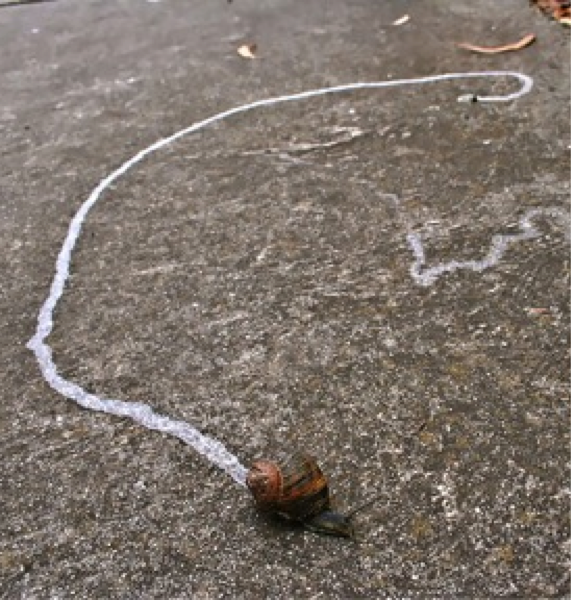Written by Caroline Anderson
Edited by John MacKey
The focus of our journal club this week was a recent paper from Science describing a novel mechanism by which neutrophils deposit chemokine-enriched way-markers to guide CD8+ T cells to the airways during influenza virus infection. (read the full article here http://www.sciencemag.org/content/349/6252/aaa4352.full).

Whilst the role of chemokines in attracting effector immune cells to sites of immune insult is well established, how localized chemokine gradients are produced and maintained is incompletely understood. Likewise, the molecular mechanisms linking neutrophils and T cell recruitment in viral infections is unclear. Lim et al therefore set out to investigate the hypothesis that neutrophils are responsible for generating chemokine gradients that guide influenza-specific CD8+ T cells in the airways.
The authors first demonstrate that neutrophil depletion in a mouse model of influenza virus infection leads to impaired CD8+ T cell recruitment, localization and function in virus-infected trachea sections. Specifically they observed reduced numbers of both total and virus-specific CD8+ T cells, which lacked motility and remained distal to the epithelium. This dampened T cell response consequently led to a significant increase in viral load, demonstrating the importance of neutrophils in eliciting efficient T cell-mediated viral clearance. Using chemokine arrays and migration assays they were then able to identify CXCL12 as a key neutrophil-derived factor responsible for the recruitment of CD8+ T cells in this model. Importantly, the effects of neutrophil-depletion on CD8+ T cell recruitment were recapitulated using an antagonist against CXCR4, the chemokine receptor recognized by CXCL12. Striking immunofluorescence and scanning electron microscopy images revealed the generation of trails by crawling neutrophils, which were shown to contain CXCL12 and to persist in the trachea for up to 8 days post-viral infection. Finally, time-lapse in vivo two-photon microscopy images showed the deposition of CXCL12+ trails by neutrophils in the mouse ear, which appear to be followed by migrating CD8+ T cells. CXCL12 in neutrophil trails therefore appears to be critical for the effective recruitment and function of influenza-specific CD8+ T cells.
The journal club discussion centered on the exact timeline of neutrophil trail generation and the subsequent recruitment of the CD8+ T cells in vivo. It is clear that the neutrophil trails persist in the trachea for up to 8 days post-infection, yet it would be interesting to map trail deposition by individual neutrophils and to directly relate this to corresponding T cells over the course of the viral infection. In addition, we discussed the potential involvement of other chemokines and factors in this process, as well as the composition of the CXCL12-enriched deposits. We were also curious as to whether the same phenomenon occurred in response to influenza virus infection in other tissues, particularly in the lung, and in response to other viruses or inflammatory insults.